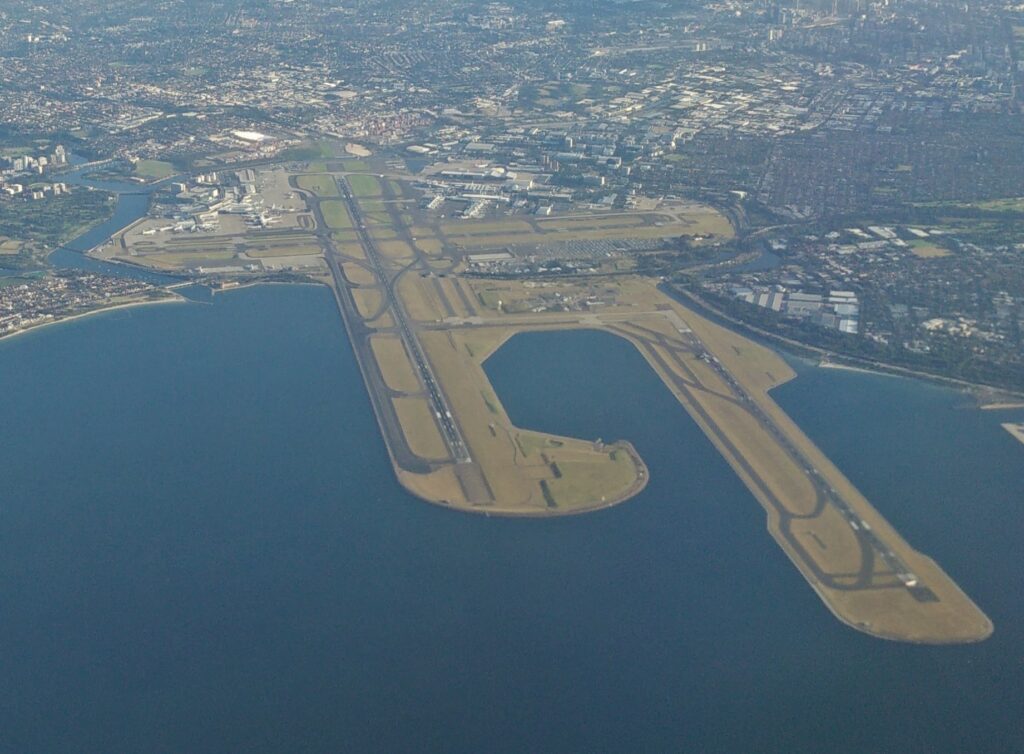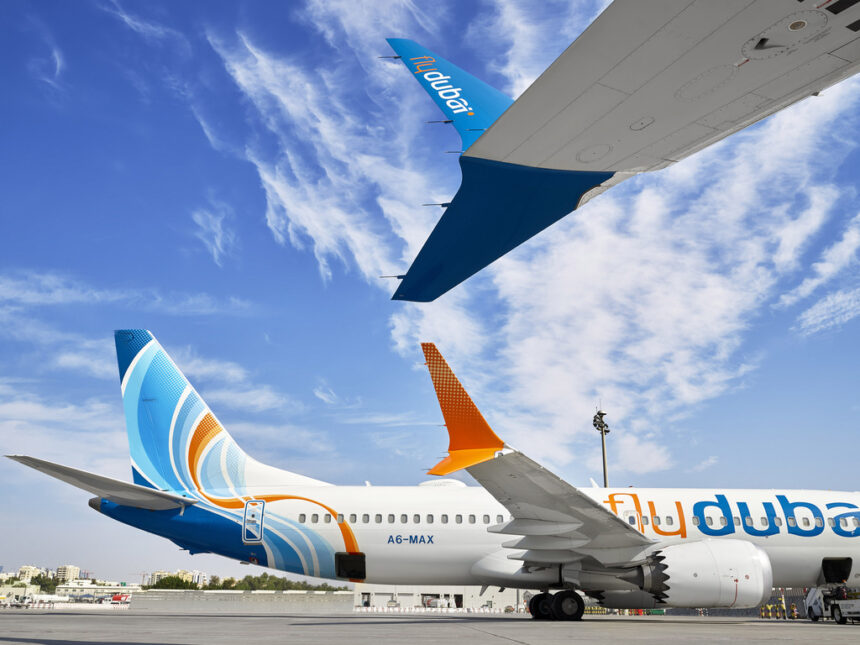Flight path design should minimise the potential for conflict and the need for interventions, an Australian Transport Safety Bureau (ATSB) investigation into a close proximity event at Sydney Airport highlights.
The ATSB investigation report details that in the early evening of 5 August 2019, a Qantas Boeing 737 was on approach to land on Sydney Airport’s runway 34 right, while a Qantas A330 was awaiting a clearance to line up and take off from the same runway.
The Near Miss at Sydney Airport
On the evening of August 5, 2019, two Qantas aircraft, a Boeing 737 and an A330, found themselves on a collision course at Sydney Airport.
The 737 was approaching to land on runway 34 right, while the A330 was awaiting clearance for takeoff on the same runway. The situation was further complicated by a Dash 8 that had just landed and vacated the runway.
[monsterinsights_popular_posts_inline]
The Controller’s Decision
In the Sydney air traffic control tower, an aerodrome controller, still under training, was supervising this intricate operation.
Initially, the A330 was given clearance for an immediate takeoff. However, as the controller assessed the situation, concerns about insufficient runway separation arose. To avert disaster, the 737 was instructed to initiate a go-around.
A Critical Turn
The 737 complied and began climbing on the runway heading but failed to make the required right turn when passing 600 feet as per the missed approach procedure.
About 10 seconds later, the controller issued the correct turn command. Meanwhile, the A330, as instructed, followed the standard instrument departure track by making a right turn shortly after takeoff.

A Close Call
As both aircraft turned right and climbed, their flight paths began to converge. The onboard Traffic Collision Advisory System (TCAS) on the A330 alerted the flight crew about the approaching 737.
The first officer of the A330 spotted the 737 climbing behind and to the right, with separation reduced to just 800 meters laterally and 150 meters vertically.
Thankfully, the controllers maintained visual contact with both aircraft throughout the sequence, and a collision was narrowly avoided. ATSB Chief Commissioner Angus Mitchell emphasized, “The risk of a collision was low.”
The ATSB’s investigation uncovered that this close proximity incident was not caused by a single error but rather a series of events. Individually, these events might have been minor concerns, but combined, they escalated into a serious incident. The series of events included:
- Reduced spacing between arriving aircraft without proper coordination.
- The 737’s speed during the final approach exceeding allowable limits without informing the controller.
- The controller and instructor’s mental models not fully accounting for the 737’s delayed turn, leading to an erroneous expectation of greater separation between the A330 and the 737.
- The absence of safety alerts or avoiding action advice to both flight crews to increase their situational awareness.
- The controller’s failure to modify the A330’s flight path to increase distance between the aircraft.
- The instructor’s failure to provide effective prompts or intervene, as the trainee controller was expected to work without intervention.
Identifying Safety Issues
The ATSB identified several safety issues related to procedures, controller training, and operational risk assessments.
One key safety issue was the need for controller intervention when aircraft departed from low altitudes and at night. The existing procedures at Sydney Airport did not adequately address such scenarios.
Responses to Investigation
In response to the investigation, Airservices made crucial changes to enhance safety:
The missed approach procedure for Sydney Airport’s runway 34 right was redesigned to improve separation with other departing aircraft.
The Sydney tower controller instructor guide now includes compromised separation scenarios involving low-altitude aircraft at night.
The training program also includes a missed approach with a preceding departure in instrument meteorological conditions.
Qantas, too, took proactive steps to prevent a recurrence. They updated the missed approach coding in their 737 flight management computers, and incorporated related scenarios into cyclic training sessions.
The airline also improved its flight data analysis program to closely monitor approach speeds and traffic collision avoidance system data.
The ATSB Final Report into the near miss incident can be accessed here.

Click the banner to subscribe to our weekly Emergencies and Incidents newsletter.









